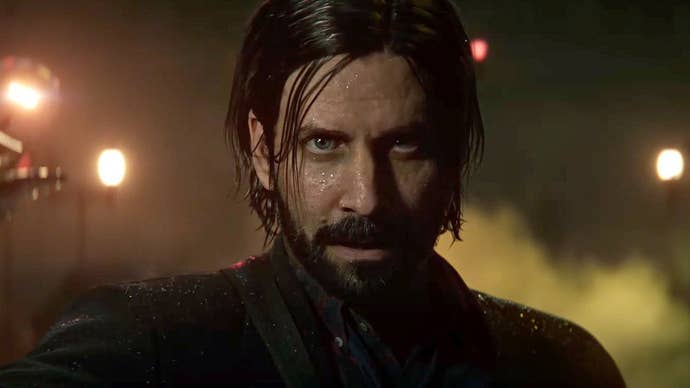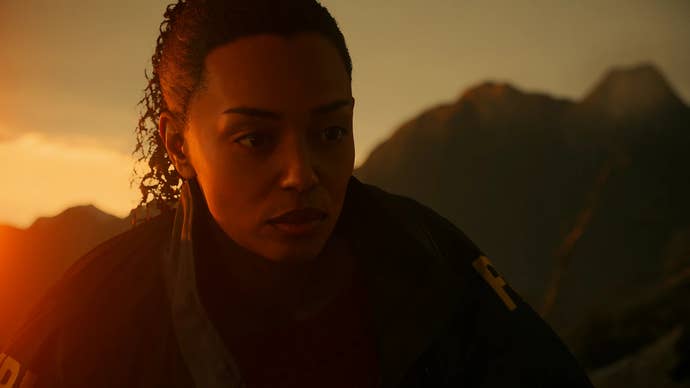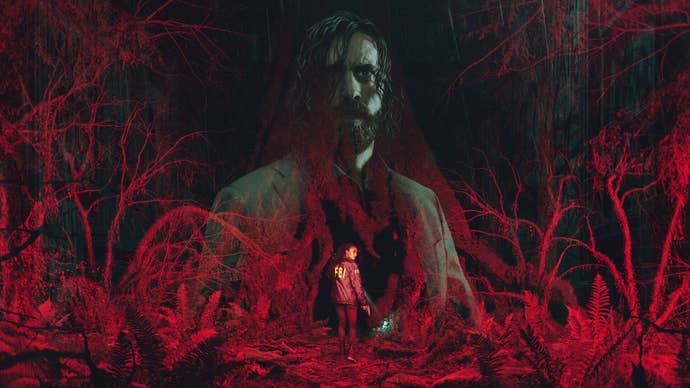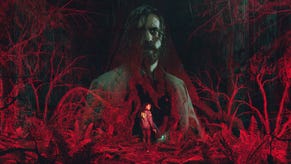Alan Wake 2 understands anxiety better than any other game I’ve ever played
Alan Wake 2 is an honest look at what it means to live with anxiety, and it hides it well.
On the surface, Alan Wake 2 presents as a narrative about metanarratives. Its American Pacific Northwest setting more than pays homage to the works of David Lynch, and the way it plays with that particular brand of horror shows a true understanding of why its inspirations work in the first place.
But I didn’t expect Alan Wake 2 to hide a tale about self-doubt, triumphing over anxiety, and all the subtle and sly ways our own thoughts can slowly erode the way we see ourselves.
MAJOR ALAN WAKE 2 ENDING SPOILERS TO FOLLOW
Much of my adult life has been defined by certain embedded - but evolving - traits. I’ve always known myself to be anxious. Even before I was diagnosed, before I could comfortably describe how I often felt and have that be understood, I knew that I had a form of anxiety - I just didn’t have a name for it.
Like most other psychological conditions, that one is linked to upbringing, and childhood trauma, two things you can’t reverse. Anxiety can’t be entirely cured, but you can learn to effectively live with it. It’s a journey; you learn to appreciate the process.
If there’s one thing that stuck with me throughout all my time dealing with it, it’s that anxiety turns you into your own worst enemy. Everyone learns to deal with it in their own way, but the one prevailing truth is that it’s all in your head. Fear is the mind killer, and so on.

The moment Alan Wake 2 reveals its hand comes towards the end. When Saga Anderson - effectively the main protagonist of the game – is forced to make a decision at a crucial moment. This is when the narrative’s true substance emerges from subtext to text.
For much of Alan Wake 2, Saga plays along; dancing to the beat of Alan’s writing. The deeper she gets involved, the harder it becomes for her to tell fiction apart from reality. The situations Saga often finds herself in throughout the story make her question her perception of reality, and really, whether she’s even capable of distinguishing between what is and isn’t.
She consistently dismisses the version that does not align with what she presently perceives to be the truth, but she’s much less certain when it comes to her daughter. Saga’s daughter is her Achilles' heel. In the events of Alan’s story, the child is dead; having drowned years ago at the town where most of the game takes place. Everyone she runs into brings that up, and assumes she blocked the memory when she doesn’t respond like they expect her to.
Saga is initially very assured that her daughter is alive, but as things spiral out of control and Alan’s writing become so intertwined with reality that they’re nigh indistinguishable, she begins to question her own convictions. Saga makes repeated calls to her home to check on her daughter, but the game is smart enough to always keep her fate a mystery.

Her self-doubt becomes a constant, growing ever stronger the closer to the story’s conclusion we get. That eventually, and inevitably, crystalises into an alternate version of Saga herself - entirely of her own making. This ‘Other Saga’, as she refers to her, is a manifestation of every dark thought the real Saga has ever had; a Saga that completely bought into the version of events the protagonist had been denying all along.
It’s hard to see this as anything but a representation of what anxiety, left unchecked, could create. The voice in your head constantly undermining your (often proven) abilities, catastrophizing every minor event, and trying to convince you that the story is going to end poorly is the very same monster anxious people have to keep at bay.
As much as you might try and dismiss every dark thought it lobs at you, it is often hard to see this alternate version of you as, well, foreign. Part of why it feels impossible is that you’re being asked to trust yourself, but not the version of yourself that has no basis in reality. But how do you know which is which? This is precisely what Saga’s story attempts to uncover.

Anyone who’s been dealing with anxiety will be quite aware of all the therapeutic exercises, homework and self-regulating you must do in order to stay ahead of your Other Self. The key to dealing with that voice, much like in this story, is to step into the writer’s chair. By realising this fact, Saga becomes, for the first time, proactive about authoring the events of her story. The mere awareness of Other Saga’s considerable reach is what gets her to finally face those demons.
A big twist towards the end is that the Alan Wake Saga had been trying to help was Mr. Scratch all along. Scratch was always thought to be Wake’s doppelganger, possessed by the Dark Presence, but it was, in fact, Wake himself who had been trying to edit the story to herald his own return. How the two can be so interchangeable is extreme anxiety made manifest. The desire to constantly undermine one’s own self is what creates the demon we struggle to keep at bay.
Alan Wake 2’s story is deliberately inchoate; any sincere tale about anxiety must be. Only by understanding how it works can we learn to live with it, and maybe reach the peak of that spiral.
It’s not a loop. It’s a spiral.






